 Water Pollution Inspection
Water Pollution Inspection
To continuously improve the water quality of key river bodies and reduce farmland pollution in central counties and cities, a regional watershed governance concept has been prioritized. Inter-regional integration of local environmental protection bureau capacities aims to reduce regional pollution, decrease indicator pollutants, and strengthen compliance and the justification for water permits. On-site inspections are conducted to compare discrepancies between permit content and actual operations, ensuring businesses operate in accordance with registered permit details. This also enhances the quality of permit reviews by local governments, achieving the goal of source governance.
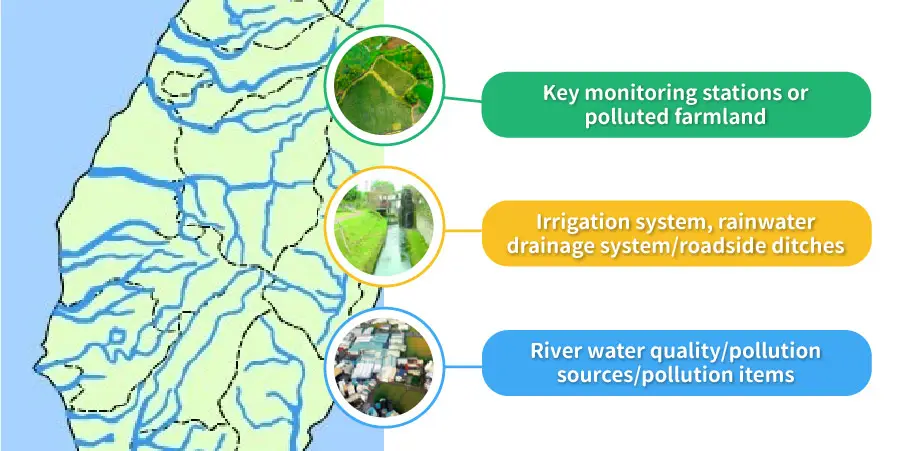
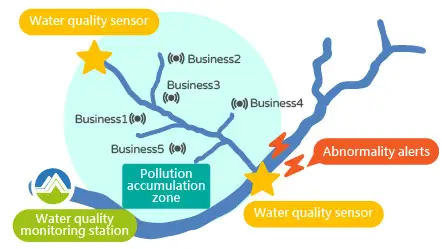
Using smart monitoring equipment to analyze water and air quality, high-pollution areas are identified. In these areas, regional management platforms are established to enable local businesses and environmental protection agencies to jointly monitor and manage conditions. When environmental anomalies are detected, the system automatically issues alerts and activates corresponding emergency measures to mitigate pollution risks. Additionally, smart pollution investigation is promoted to effectively implement inspections and management of regional pollution sources. These not only strengthen business self-management capabilities and reduce heavy metal pollution risk in farmland but also protects crop safety and safeguards the water quality of river watersheds. Through these actions, businesses are encouraged to enhance their self-management and work collectively to protect the environment, becoming strong partners in environmental protection.
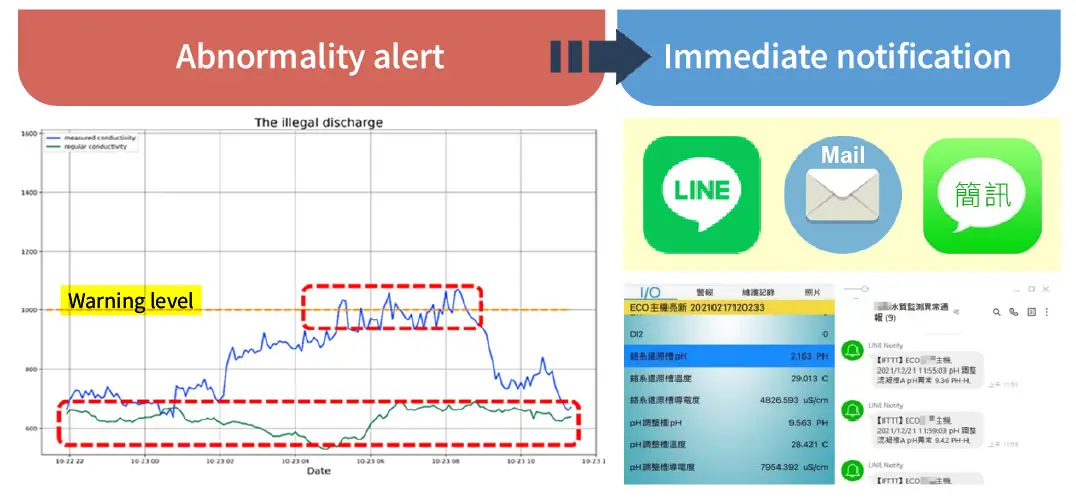
Through regional watershed governance strategies and the application of smart inspection technologies, significant improvements in the water quality of key river bodies in central counties and cities can be achieved while reducing the risk of farmland pollution. These measures not only reinforce the management capabilities of local environmental protection agencies but also promote business self-management and environmental protection responsibility. The hope is that these efforts will provide a solid foundation for environmental protection endeavors, becoming a vital step in jointly safeguarding natural resources and public health.
Combining patrol teams and public appeals to conduct pollution source tracking inspectionsRiver pollution is often first discovered by local residents or water environment patrol teams. This case involves a river pollution incident identified through exchanges with the water environment patrol team and on-site inspections. Water quality sensors were installed in the suspected pollution source area to continuously monitor and analyze pollution occurrence patterns and times, allowing for the identification of suspicious polluters and further investigation.
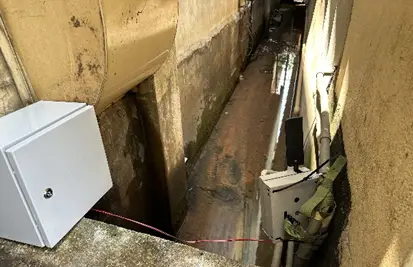

On April 19, 2023, a Central Region Water Environment Patrol Team Exchange Meeting was held to discuss the placement location of water quality sensors and to share information on easily polluted river segments, tributary drainage, and suspicious pollution information tracking, facilitating pollution source investigation. Based on the pollution information shared during the meeting, on July 12, 2023, the administration identified a metal surface treatment company operating without the necessary wastewater discharge permits that discharged wastewater with a pH less than 3 (strong acid) and greater than 11 (strong alkali) into surface waters during operations. The company was immediately ordered to cease all discharge activities until the required wastewater discharge permits were obtained.
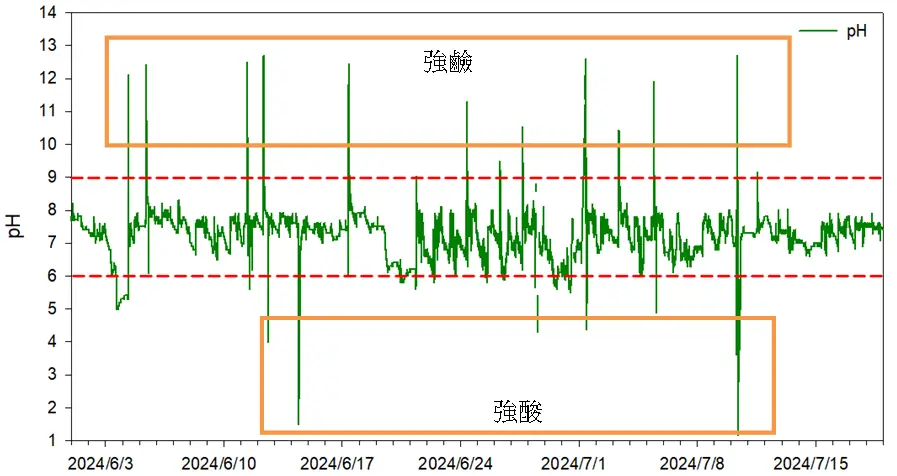

By collaborating with the water environment patrol team and public, potential polluting businesses are monitored and audited. In the future, these cooperative efforts will continue to promote environmental protection and maintain the quality of regional watersheds.
Future OutlookThrough regional governance, smart auditing, and public-private cooperation, preventing water pollution is no longer just a task for a single department but rather one that involves the participation of the government, businesses, and the public. From reinforcing monitoring, implementing law enforcement, to encouraging self-management, these efforts build up a safety net that protects river water quality and farmland safety. In the future, the center will continue improving skills and deepening cooperation to ensure central Taiwan’s river quality.
- Data Source: Central Center of Environmental Management
- Publish Date: 2024-12-10
- Update Date: 2025-11-26

 Related Topics
Related Topics





